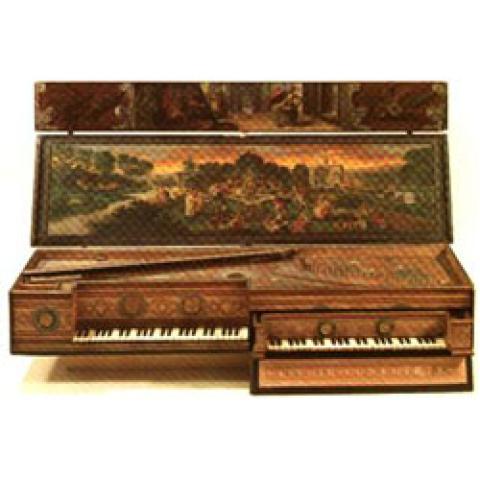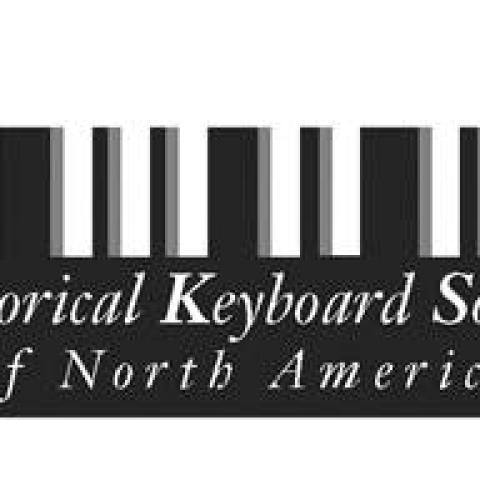
The 2012 Joint Meeting and Festival of the Midwestern and Southeastern Historical Keyboard Societies, featuring the eighth Aliénor International Harpsichord Composition Competition and the seventh Mae and Irving Jurow International Harpsichord Competition, will be held at the University of Cincinnati College-Conservatory of Music, March 21–25.
The theme of this five-day celebration is the harpsichord old and new. The schedule includes competitions, exhibitions, concerts, papers, lecture-recitals, and other presentations.
Featured performers include harpsichordists Mitzi Meyerson and Ketil Haugsand, violinists Dana Maiben and Martie Perry, and soprano Janet Youngdahl.
Also included is a continuo masterclass taught by Edward Parmentier and Mitzi Meyerson, and a celebration of the work of Don Angle.
For information: www.historicalkeyboardsociety.org.




